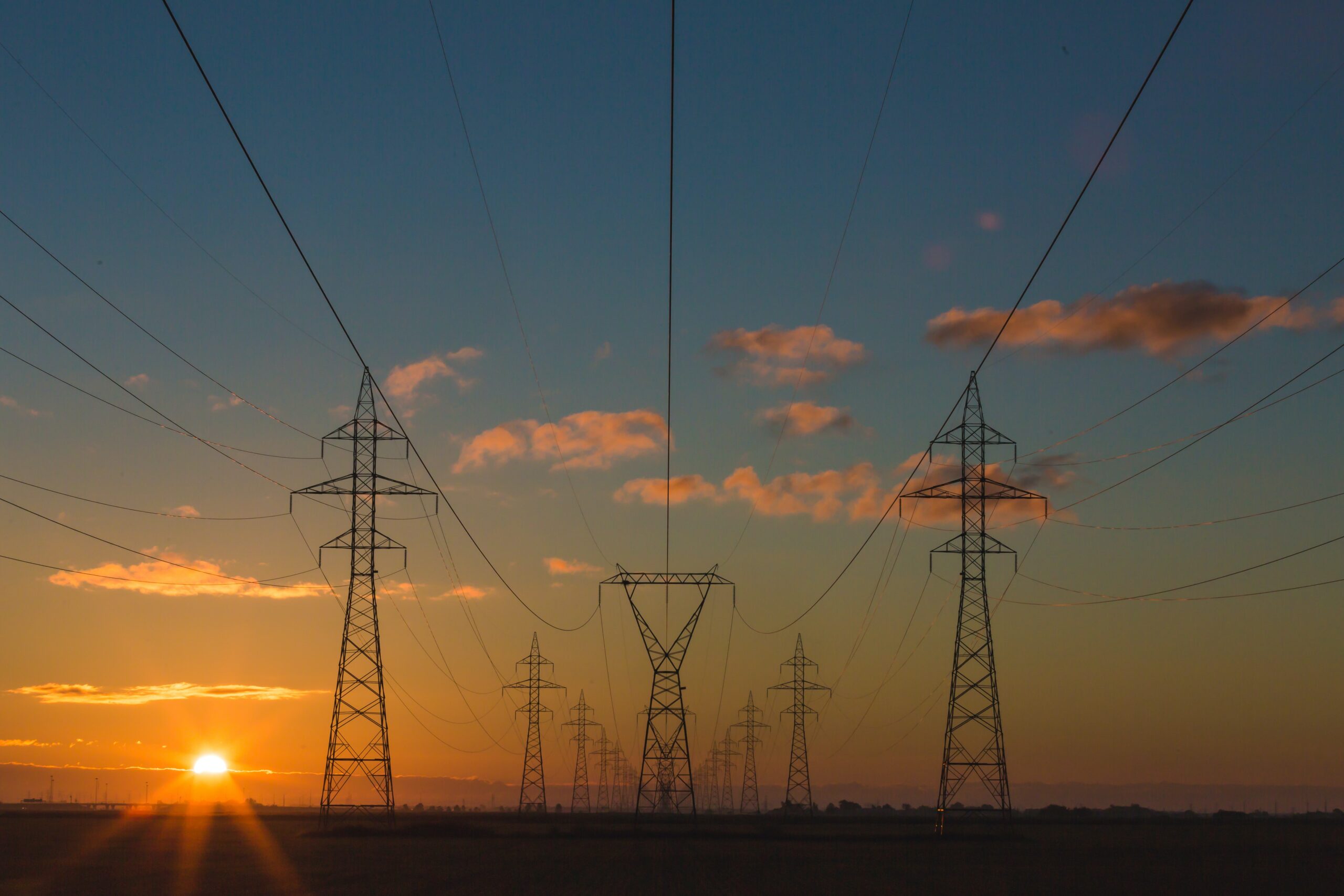Month: July 2023
-

Making new friends: grid friendly wind turbines
Renewable energy is revolutionizing the global power sector, with wind energy emerging as a key player in the transition towards a sustainable future. Wind farms, harnessing the immense power of nature, are sprouting across landscapes, powering homes and industries while reducing carbon emissions. In this website we explored the advancements in wind farm engineering and…
-

Pandemic, war, inflation & Balance of Plant
What were the consequences of the pandemic and the war in Ukraine on balance of plant (BoP) prices? If you are reading this article, you probably know that the Balance of Plant (BoP) refers to all civil and electrical works necessary for the operation of a wind farm, excluding the turbines. The BoP will therefore…
-
Wind farms road stabilization with polymers
Road stabilization with polymers is a method used to enhance the performance and longevity of roads. It basically consist in the incorporation of polymer materials during the construction or maintenance of roads to improve their mechanical properties, reduce maintenance needs, and increase the road resistance to environmental factors. “Polymer” is a very broad term. A…